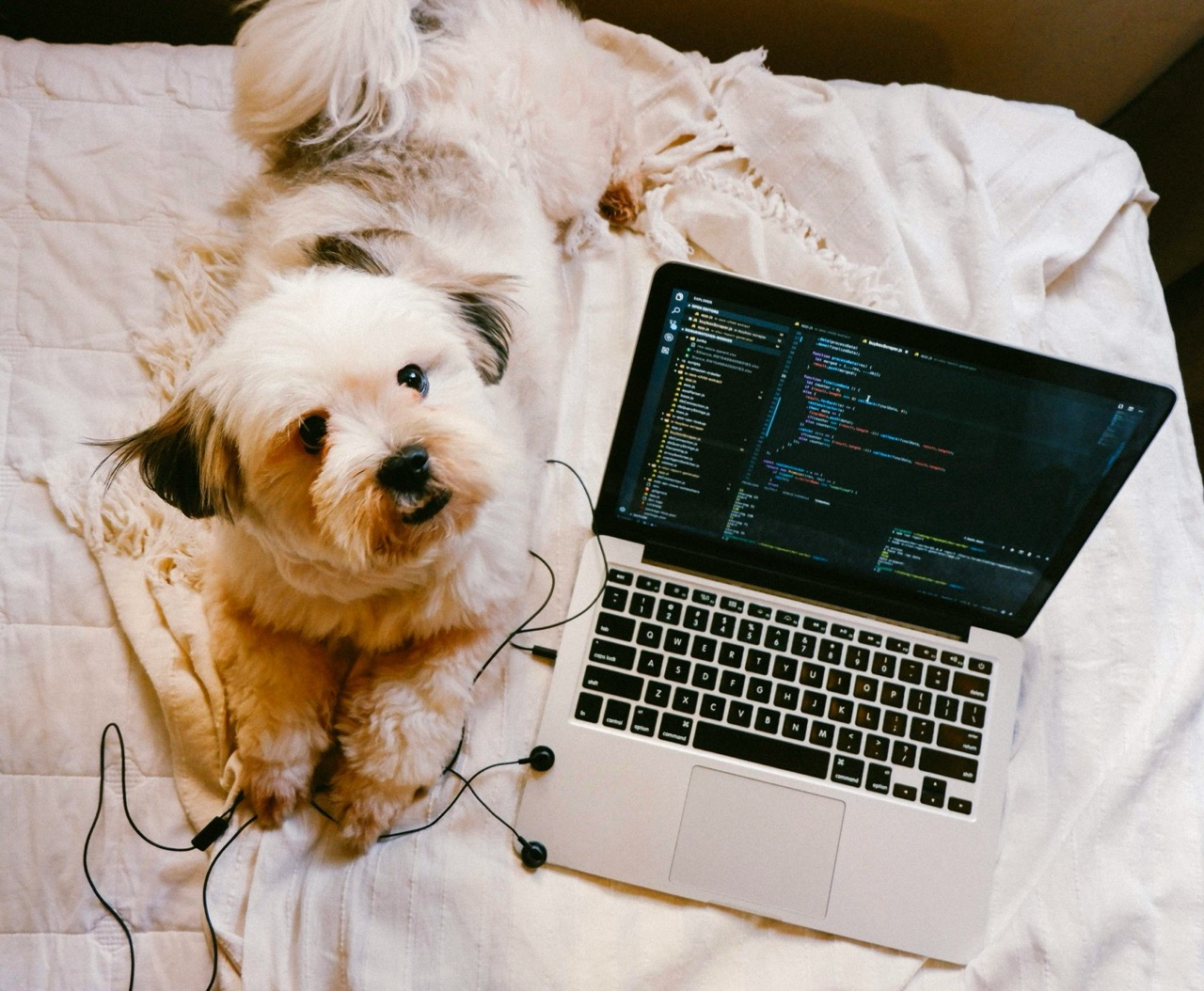emote work has moved from a niche benefit to a mainstream setup embraced by professionals worldwide. It offers greater flexibility and better work-life integration. However, it also comes with its own challenges — like feeling isolated, struggling to switch off, or falling into the trap of overworking.
To truly thrive while working remotely, it's important to recognize these risks and take proactive steps to manage them. At Coverflex, remote work has been our model since day one, and along the way, we’ve gathered valuable insights. Here are our top 10 tips to help you be more productive — and happier — while working remotely.
1. Set up a dedicated workspace
Having a proper workstation tailored to your needs is essential. Invest in a comfortable desk and chair, ensure good lighting, and use ergonomic equipment to prevent discomfort and support sustained productivity.
2. Vary your environment
If you don’t have access to an office and find yourself feeling stuck, try working from a co-working space occasionally. A change of scenery can boost your mental health, refresh your routine, and even spark new connections. Start with one day a week and see how it feels.
3. Take creativity walks
Feeling creatively blocked? Take advantage of the flexible hours remote work offers and step outside for a walk. Walking not only promotes physical health but can also help unlock creativity, giving you the breakthrough you need for your projects.
4. Create a virtual commute
While the traditional commute might not be missed, it did provide a mental boundary between work and home. Replace it with a "virtual commute" — whether it's a short walk, a meditation session, a bike ride, or simply time spent planning your day. It helps mark the transition between personal and professional life.
5. Master asynchronous communication
Tools like Slack, Notion, Zoom, and ClickUp have become remote work staples. But endless video meetings can drain productivity. Learn to embrace asynchronous communication — sending updates, messages, and recorded videos instead of scheduling live meetings whenever possible. Find the right tools and workflows to support this shift. Read about the 12 tools that will help you when working async here.
6. Take regular breaks
Breaks are crucial for maintaining focus and managing stress, no matter where you work. Research suggests that the most productive people work for about 52 minutes and then take a 17-minute break. Try setting reminders to step away — even short breaks can recharge your mind.
7. Organise tasks visually
Use a calendar, agenda, or bullet journal to keep track of deadlines and commitments. Whether you prefer traditional pen and paper or digital tools like Trello, visualizing your workload can provide clarity and help you stay ahead of deadlines.
8. Cultivate a new hobby
Instead of falling into endless scrolling in your downtime, explore a new hobby. Whether it’s yoga, embroidery, painting, or simply reading more, creative activities are a powerful antidote to digital fatigue and can significantly enhance your well-being.
9. Set long-term goals
Looking forward to something boosts happiness and motivation. Set personal or professional long-term goals, and create a roadmap to achieve them. Whether it’s advancing your career, learning a new skill, or planning a major trip, having something to anticipate can be a powerful source of daily energy.
10. Know when to log off
Perhaps the most important tip: know when to stop working. Remote work offers flexibility, not the expectation of longer hours. Establish a clear end to your workday, shut down your computer, and resist the urge to keep checking emails. Work-life balance isn’t automatic — it’s intentional.
Remote work has immense potential to enhance both productivity and happiness — but only if we approach it thoughtfully. By taking these simple yet powerful steps, you can enjoy the benefits of remote work while protecting your well-being and staying energised for the long haul.




